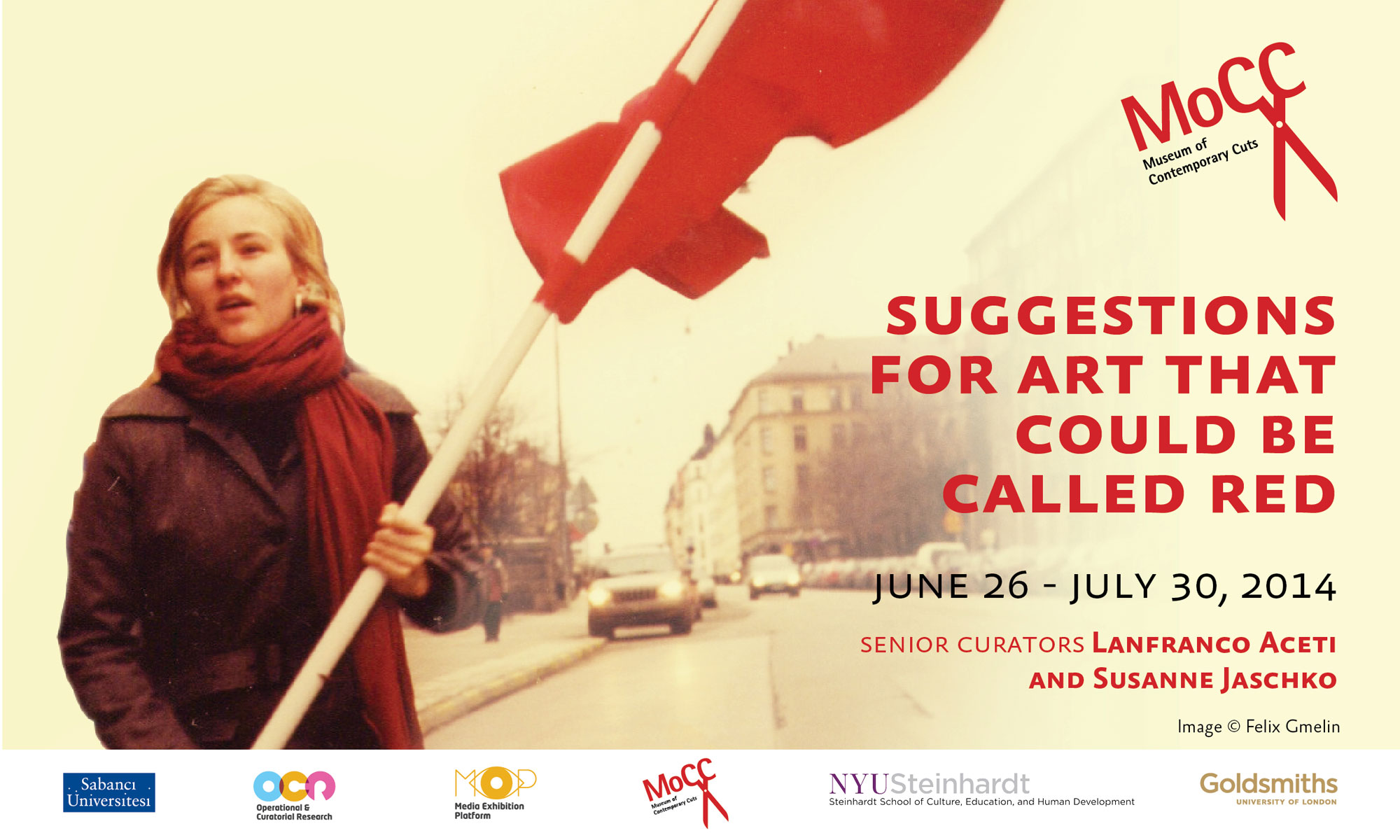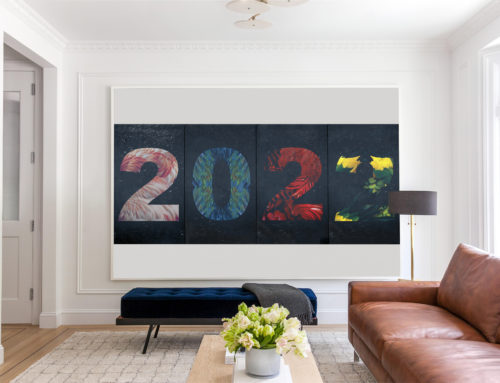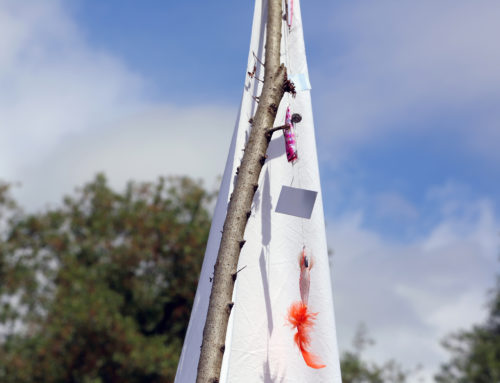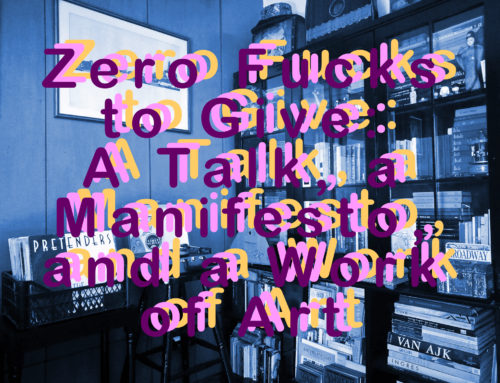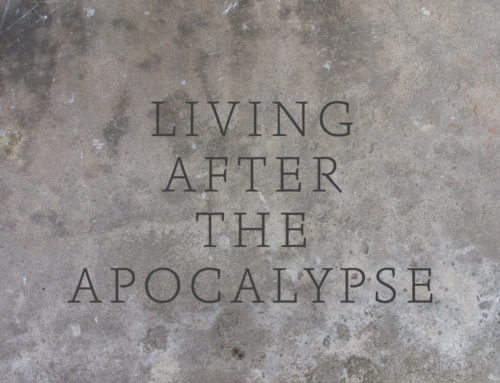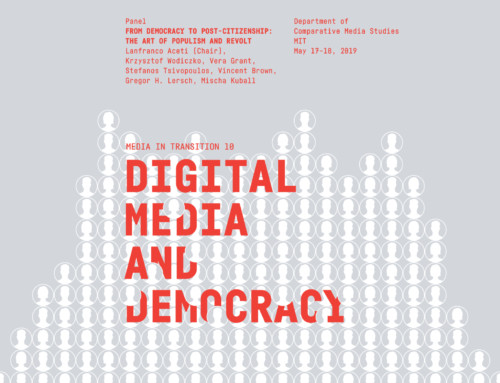Suggestions for Art That Could Be Called Red is the new exhibition by the Museum of Contemporary Cuts (MoCC), which presents artworks by Bill Balaskas, Felix Gmelin, Benjamin Grosser, Karl Heinz Jeron, Kevin Logan, Owen Mundy and Charmaine Ortiz. The exhibition is curated by Lanfranco Aceti and Susanne Jaschko. The exhibition launches a provocation and asks a series of questions on contemporary social structures. What is red art? Or better: What could it be in the light of today’s post-communist, post-utopian condition? Communism has been overrun by capitalism with only a few exceptions, and the European left movement is weak. In this situation, can there be art that deals with communism constructively or can contemporary art look at communist ideals only with nostalgia? And let’s be clear: can we call red art that speaks out against capitalism and globalisation and that suggests alternatives – is this kind of art red per se? Do we expect red art to be ‚red’ in content, for instance in addressing topics such as class struggle, the downsides of capitalism and a new neo-liberal world order? Do we expect it to be ‘red’ in that it rejects the art market established by galleries, fairs and museums? Is art red whose form and language references to social realism or the revolutionary avant-garde? Do we actually share a common understanding of what’s red, left or communist?
When decades ago artists started to use new media such as video and the computer, their work was ‘new’ in the way it was produced, distributed and changed the relationship between artists, artwork, audience and ‘user.’ Most of it circulated outside the ordinary art market and found other channels and audiences. The majority of works was inspired by this quest for the ‘new’ and the ‘better.’ The emergence of the Internet winged hopes for a fairer and more democratic world. It was a fertile time for new and revisited utopias, ideals and artistic experiments around collaboration, distribution of knowledge, shared authorship, appropriation of technology. Today we know that the Internet did not save us, but helped capitalism to grow globally.
So how do artists respond to this post-communist, post-utopian condition? Can it be refuted any social form of engagement since its utopianism is automatically red?
“For mankynde in this do pre
Who are the artists whose works engages with topics of social liberation, fairness and equality? Do aesthetic and artistic practices have to refute political engagement, or they cannot exist without being rooted in social life?
The Museum of Contemporary Cuts (MoCC) will present this exhibition in collaboration with a range of international institutions, distributing online and across social media artworks from June 26 to July 30, 2014.
[1] Thomas More, Utopia, ed. Edward Artber (London: A. Murray & son, 1869), 18.Senior Curators: Lanfranco Aceti and Susanne Jaschko.
Curator: Jonathan Munro.

